- Aug 20, 2025
5 Things I Wish I Knew When I Started Watercolor
- Elina Zhelyazkova
- 0 comments
When I first picked up a watercolor brush, I never imagined it would become such a big part of my life, let alone a career. It wasn’t all smooth sailing - I struggled, doubted myself, and made countless mistakes. But through it all, I learned lessons that changed the way I paint and see art forever. I’m sharing my journey today, along with five tips I wish I knew when I started, in the hopes that they help you too.
How It All Started
Painting and drawing were always my favorite activities as a kid. Looking back now, it’s funny that my medium of choice was the graphite pencil - the least colorful (and dare I say, most boring) tool, especially for a child. I only used paints at school. I loved drawing Disney princesses, The Little Mermaid was my favorite. Later, I moved on to drawing animals. But around the time I entered high school and the internet arrived, life got busier, and other things took priority. Almost overnight, I stopped creating altogether.
Fast forward two decades (yes, you read that right), I was working as a store manager for a popular fashion brand. The job was unfulfilling and exhausting, and on top of that, my husband and I were going through infertility struggles and loss. It was overwhelming, and I found myself desperately needing an outlet. I started with something safe - adult coloring books. It was fun but didn’t quite hit the spot. I kept experimenting. I tried brush lettering, acrylics, and oil painting. Each was enjoyable, but none felt like me.
Then, one day, the idea to order a watercolor set popped into my head out of nowhere, like someone planted it there. I knew nothing about supplies, so I went on AliExpress and bought the palette with the most colors and a mop brush I thought was called ‘squirrel’ because it looked like a squirrel’s fluffy tail (I know… 😅).
I remember coming home after a late-night shift and finding the palette waiting for me. I grabbed some paper and gave it a go. Something clicked instantly. The very next day, I was searching for online classes. I was hooked. It became a constant journey - from class to class, driven by the desire to learn and improve. At first, I painted to escape the chaos of everyday life. I never thought I’d show my work to anyone. But as I kept going, I realized watercolor wasn’t just about the final painting; it was about the peace I felt while creating it.
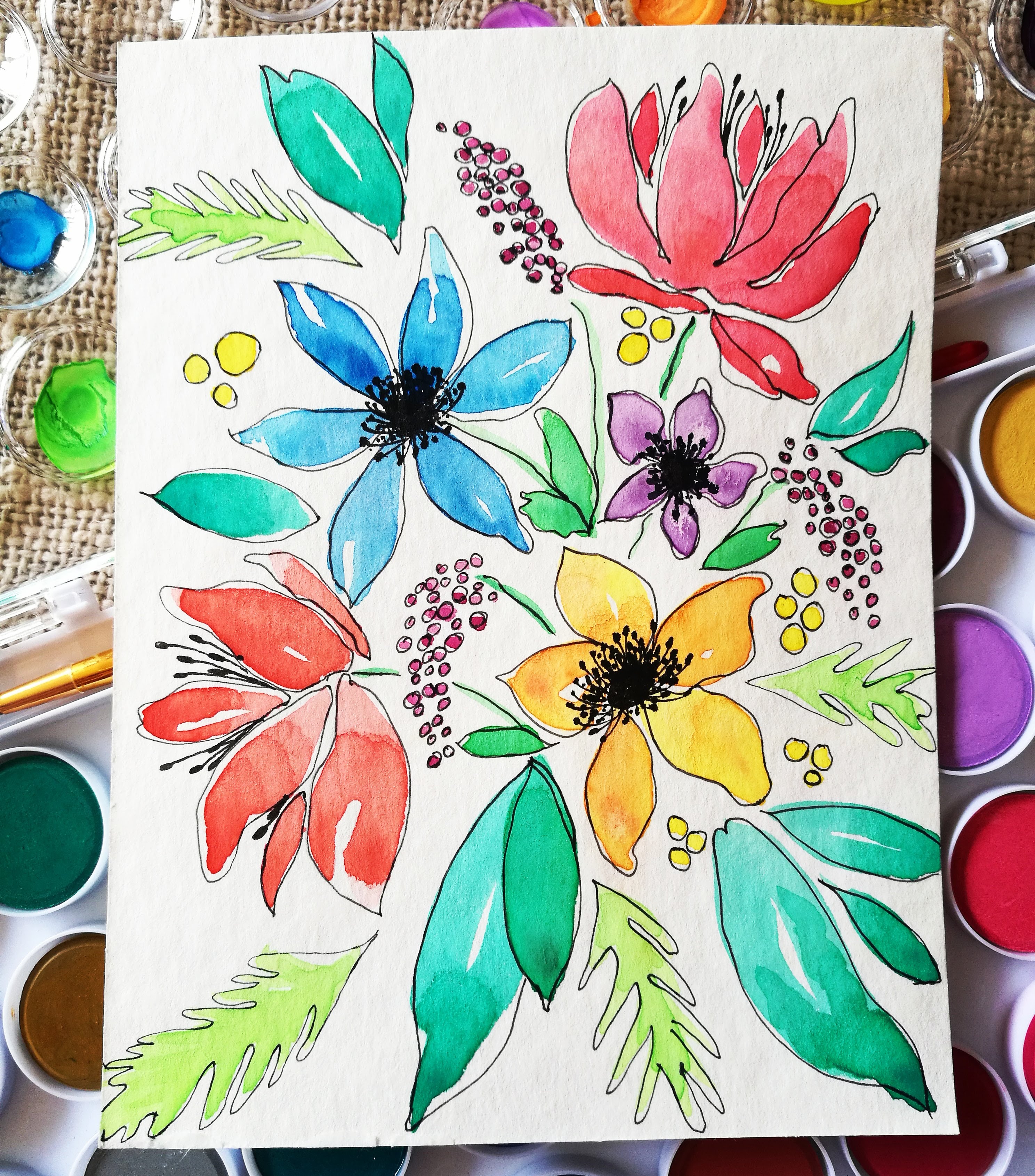
During the pandemic, I finally had time to dive deep into it, slowly building the confidence to paint on my own. A year later, I was invited to become a Skillshare teacher. After publishing my first class, I knew this was what I wanted to do for the rest of my life. I started seriously considering quitting my job. Three years later, here I am - passionate about painting as ever, truly enjoying life as a full-time artist and teacher. It’s incredible how things aligned ever since that day I ordered a cheap watercolor set on a whim.
Looking back, there are so many things I wish someone had told me when I started. If you’re on your own watercolor journey, here are five tips that might save you time and frustration.
1. Start with Quality Materials, But Keep It Simple
I did the opposite. To be honest, I was shocked by how expensive high-quality supplies could be. I thought they couldn’t be that different and that I didn’t need professional quality since I wasn’t a “real” artist. While it’s true that masterpieces can be created with any supplies, here’s my advice - go for the best you can afford.
I started with a cheap school set, quickly realized it wasn’t good, and upgraded to a student-grade set. The price difference wasn’t huge, but the quality improvement was mind-blowing - more vibrant colors, better flow, creamier texture, and a joy to work with. A few months later, I upgraded to professional-grade paints.
At that point, I thought I needed every color out there. I bought too much. The truth is, it’s better to start with fewer colors. Learning color mixing is an essential skill. Fewer supplies simplify your process and help you discover your preferences. Once you know your style, you can invest in more colors.
I still have some of my first supplies, sitting unused in drawers. They take up space, and I’ll probably give them to my nephew, who loves to paint. Start with quality over quantity. You’ll thank yourself later.
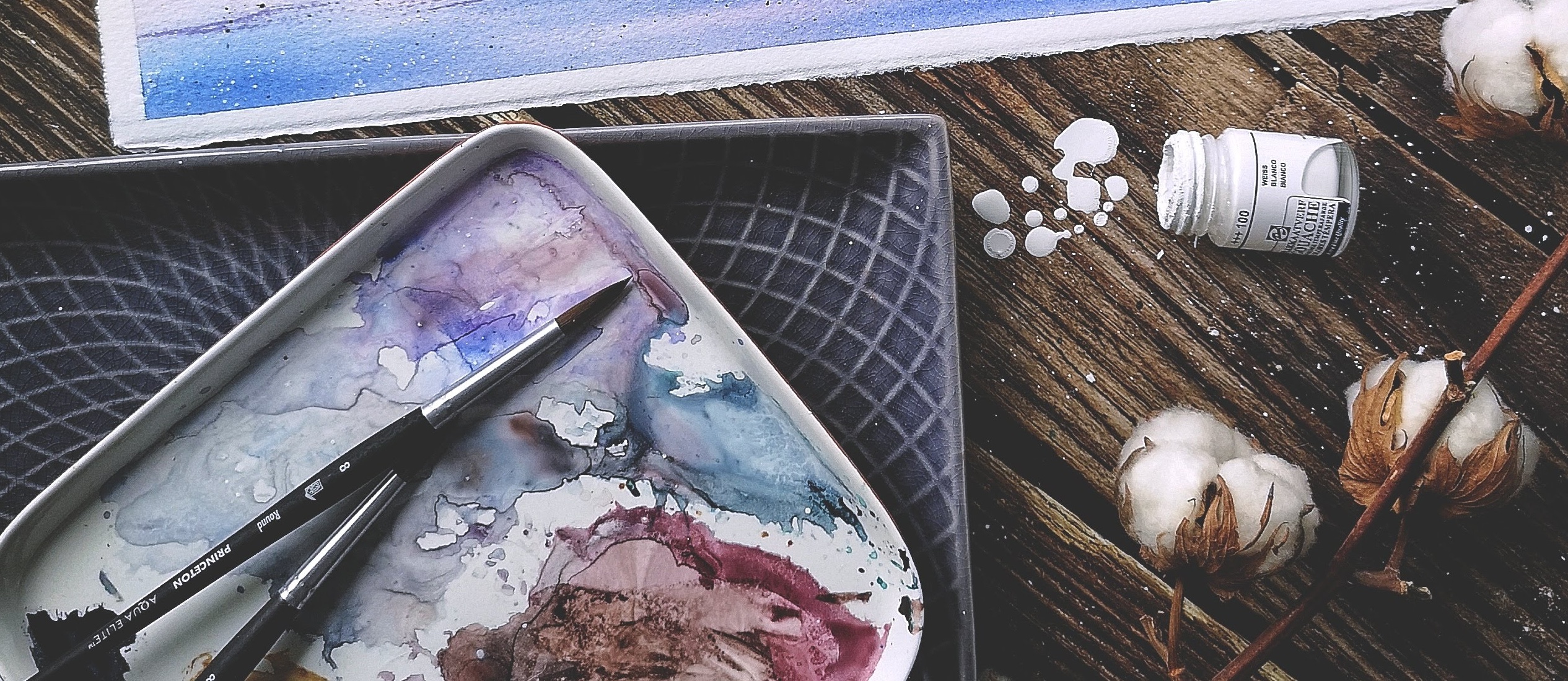
2. Don’t Fear the Water, Embrace It
It took me time to realize that water control is key in watercolor painting. Sometimes you want the colors to flow and blend; other times, you need precision. Once you learn to control the water on your paper, brush, and in your paints, a whole new world opens up.
At first, I added too much water to my paints. The colors looked pale and runny. I tried to fix it by adding more pigment, but the key to intensity is less water, not more pigment. I was also afraid to wet my paper thoroughly for wet-in-wet techniques. It dried too fast. It was frustrating.
The good news is, with time and practice, it gets easier. Sometimes a class helps; other times, it happens unconsciously. Once you master water control, painting becomes a joy, a meditation. So don’t be afraid to experiment and fail. Each mistake is a stepping stone to experience.
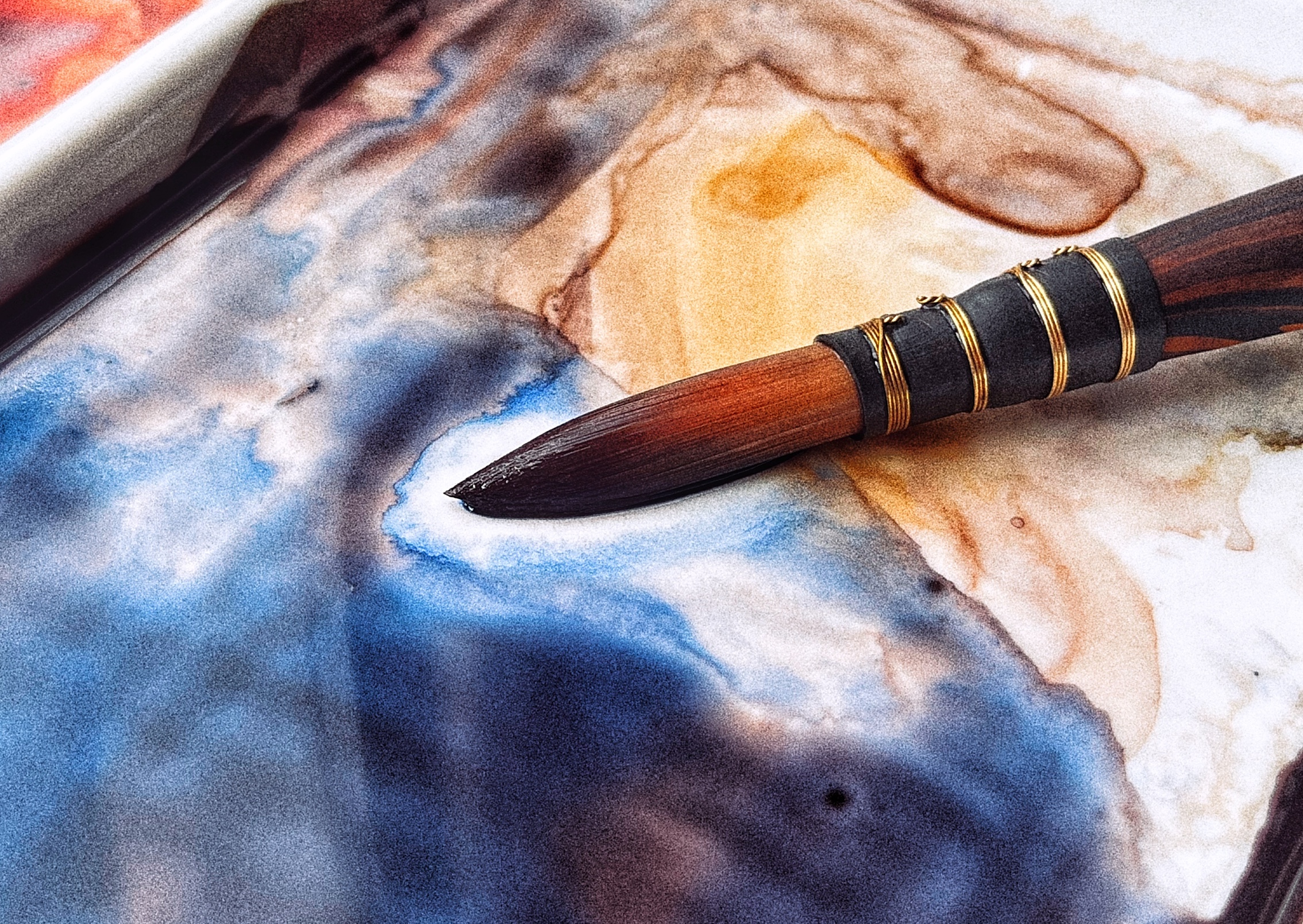
3. Find What Brings You Joy
Painting is supposed to be fun. Paint what makes you feel good, in a way that makes you feel good.
At first, I thought I wanted to paint florals. I saw myself as a floral artist because that’s what I saw on Instagram - all those pretty, colorful flowers. I love flowers in real life, so it made sense. But I was terrible at it. I couldn’t get it right no matter how many classes I took. It was frustrating.
Eventually, I realized I just didn’t enjoy it. I didn’t have the patience for small petals and realistic leaves. I wanted to use big brushes, make bold strokes, and let the water flow spontaneously. Realistic florals require precision. I admire them, but they’re not my thing.
The takeaway: lean into what brings you joy. Don’t force yourself into subjects or styles that don’t resonate. Painting should be fun, not restrictive.
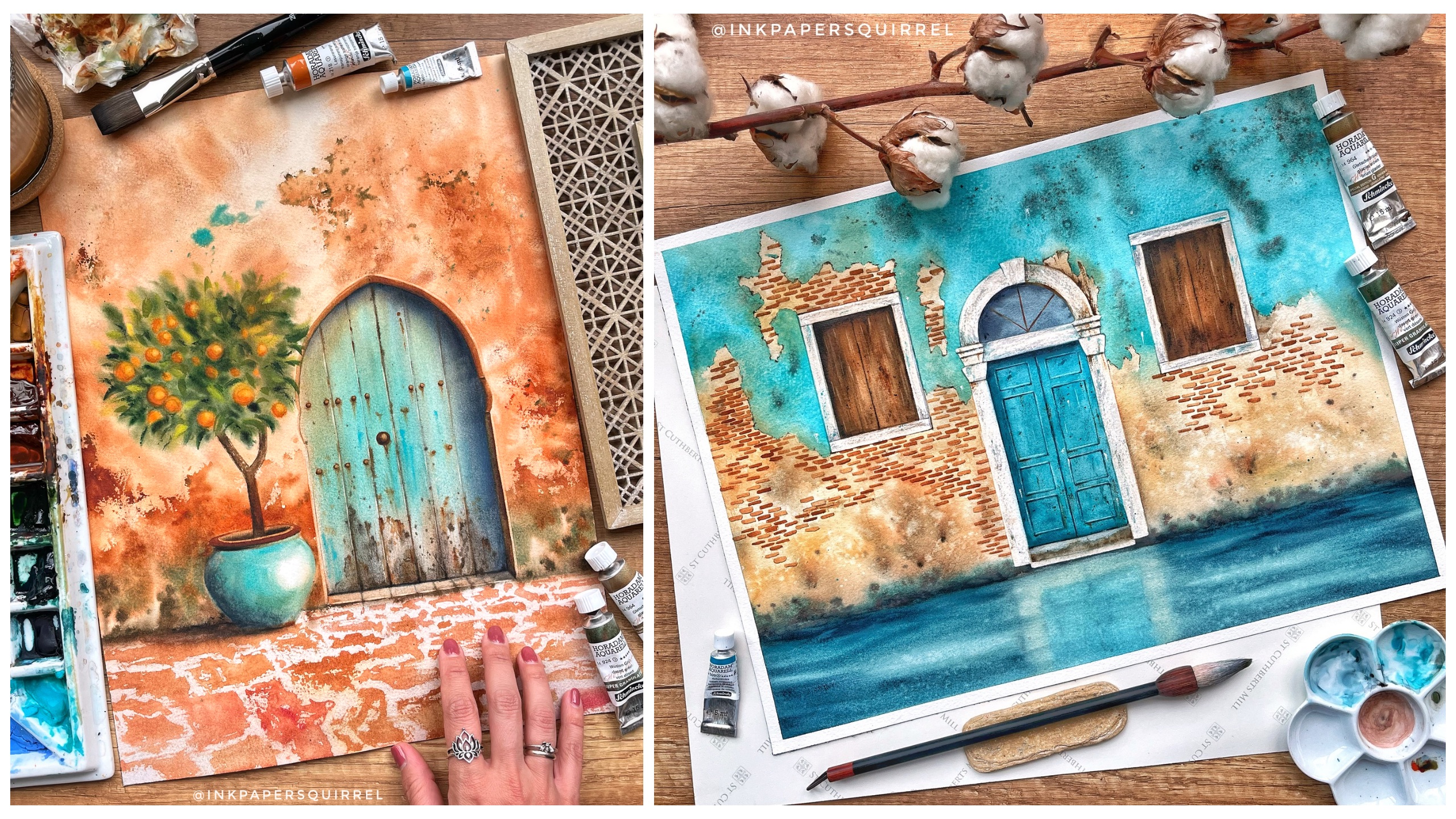
4. Mistakes Are Part of the Process
Don’t expect every painting to be a masterpiece. Mistakes aren’t failures, not in watercolor. Each one teaches you something.
Next time you think you’ve messed up, pause. Don’t rush to trash it. Take a moment to observe and analyze. Ask yourself:
Is it really a mistake? Or just different from what you envisioned?
Could it be a “happy little accident”? Many artists intentionally use these effects with great success.
How could you prevent or recreate it next time? Try repeating the process while it’s still fresh.
Mistakes are lessons in disguise. The more you embrace them, the faster you’ll grow.
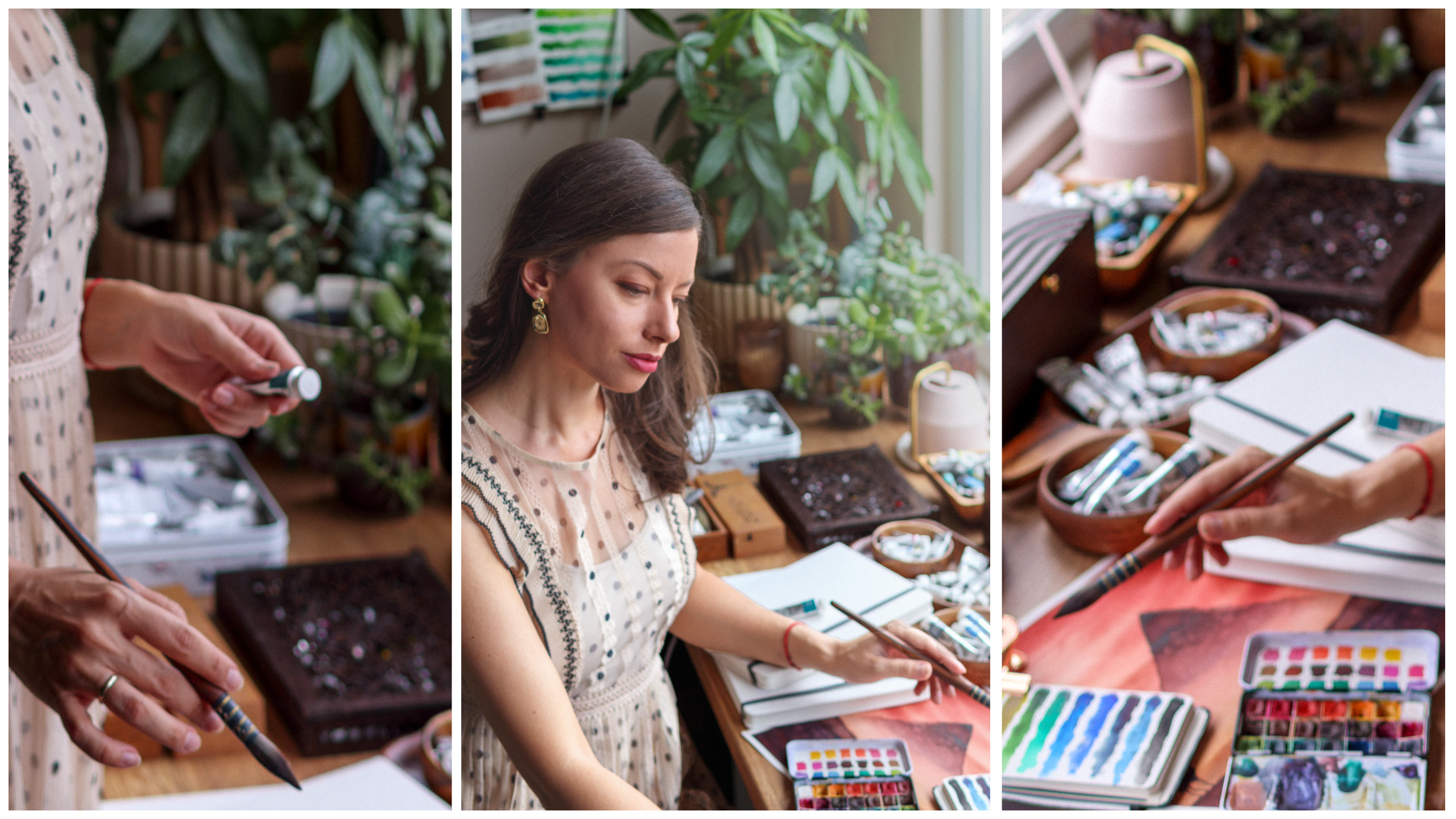
5. Art is Personal, Don’t Compare Your Journey
It’s so easy to fall into the comparison trap, especially on social media. Sometimes it happens unintentionally. You start scrolling and suddenly notice your mood has worsened.
Remember:
Most people share their best work, not their struggles.
Everyone’s journey is different.
I used to compare my paintings to my teachers’ work, scrutinizing every flaw. How silly is that? They had years of experience, and I was just starting. Comparison only holds you back. Instead, focus on embracing your own style. It’s more fulfilling and enjoyable.
Final Thoughts
Watercolor is a journey. One filled with experiments, mistakes, growth, and joy. It’s not about perfection; it’s about the process.
I hope these lessons inspire you to keep painting, keep learning, and most importantly, keep enjoying every brushstroke.